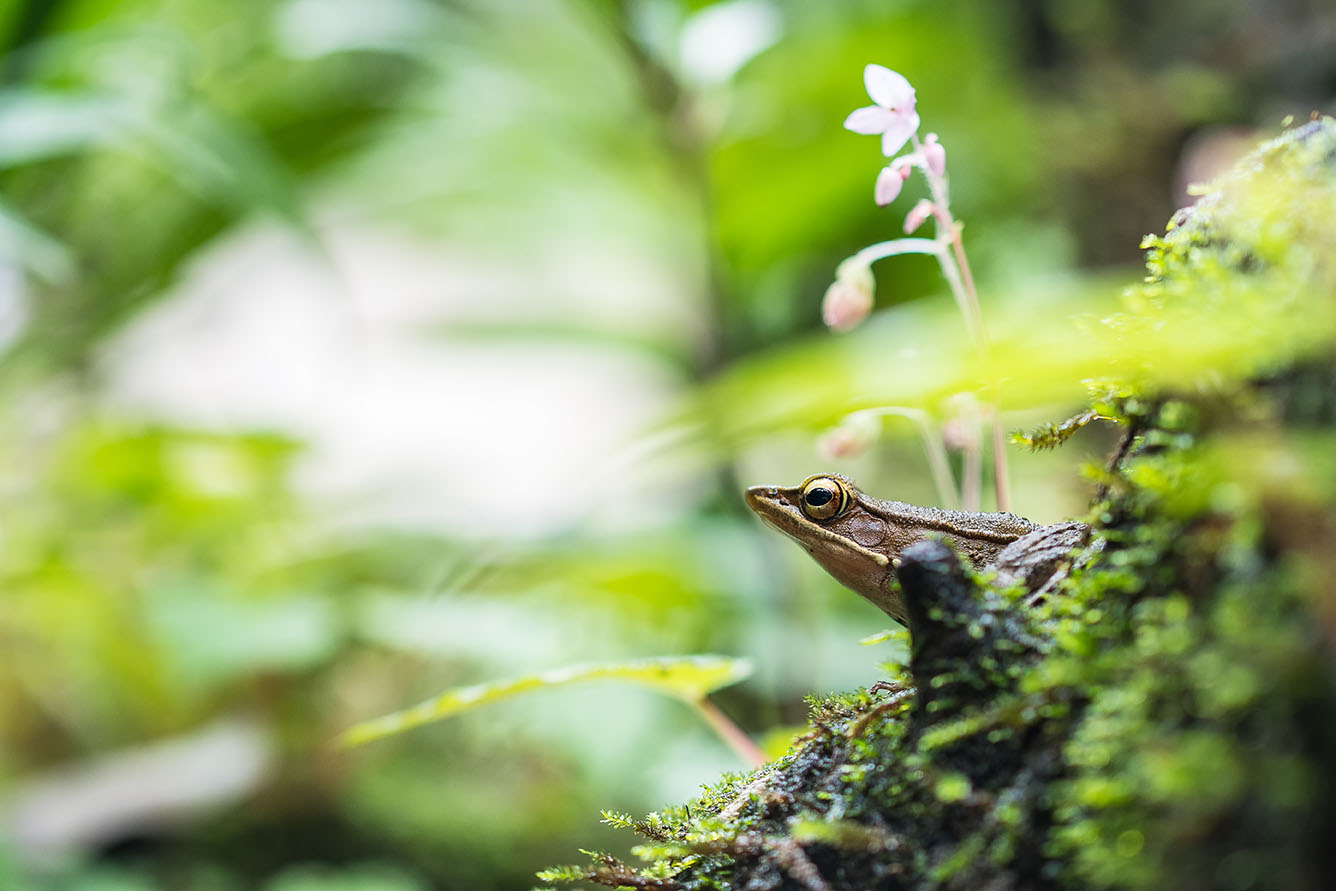

A microhabitat is a very small part of a habitat that has its own unique set of environmental conditions. For example, a decomposing log in a forest is a microhabitat because it has different conditions than the surrounding soil or air. The log provides a moist, dark environment that is perfect for certain types of insects and fungi.
Microhabitats can be found in all types of environments, from forests to deserts to oceans. They can be as small as a single pebble or as large as a fallen tree. Each microhabitat is home to a unique community of organisms that have adapted to the specific conditions.
Microhabitats are important for a variety of reasons. They provide a safe haven for organisms that would not be able to survive in the harsh conditions of the surrounding environment. They also help to regulate the climate and water flow in an ecosystem.
The scientist studied the microhabitat of the moss on the tree..

Noun: A small area within a larger habitat that has a unique set of environmental conditions that support a particular community of organisms.
Adjective: Relating to a microhabitat.
Verb: To create or modify a microhabitat.
The word “microhabitat” is a compound word that is made up of the Greek words “micro” (small) and “habitat” (place of living). The word “microhabitat” was first used in the 1930s by ecologists to describe small areas within a larger habitat that have unique environmental conditions that support a particular community of organisms.
What is a microhabitat?